Decoating: Gentle, selective removal of the cathodic dip coating for functional and decorative purposes as well as for marking.
Laser-based removal of the cathodic dip coating: Process
Organic layers such as CDC can be removed using laser processing – both on entire areas and selectively. It is possible to remove layers completely (down to the substrate) or to simply remove individual functional coatings layer by layer (e.g. down to the primer). The surface layer material is usually vaporised (sublimed) directly from its solid state. The cathodic dip-coated component that requires stripping is not damaged by careful laser removal. High-precision laser processing makes the complex, unsafe procedure of locally masking areas that are to remain uncoated no longer necessary.
Cathodic dip-coated components can be labelled and provided with a logo, a marking or a contact point by simply removing the uppermost layer using laser technology. The laser beam removes the surface layer selectively and with high contour accuracy without damaging the base material below it. Laser processing can be carried out in the form of dots, in lines or on entire areas.
Uncoated areas for functional and decorative reasons
For some cathodic dip coating applications, the component is not supposed to be completely painted for functional reasons. For example, when the component in question needs to remain partially conductive after CDC coating (such as to create an earthing point or for contact points and frictional connections on screws for better setting behaviour, etc.).
Other reasons for CDC-free areas can be decorative, such as for the application of logos via laser processing. By removing the black cathodic dip coating, the logo appears directly on the substrate and thus stands out from the CDC coat.
In addition, laser processing of CDC-coated components can also be useful for labelling and marking. For instance, direct marking as is frequently required in the automotive industry (e.g. barcodes for traceability, but also for marking part numbers to facilitate process control).
Laser removal of the cathodic dip coating: Advantages
The laser processing of cathodic dip-coated components is a gentle and efficient method to selectively remove either certain spots or whole areas of coating. The method completely avoids the high error and rejection rates experienced with other methods, such as masking or the use of stoppers, which often lead to defective coatings due to detachment or infiltration. Furthermore, the method eliminates the handling work of masking and reworking each component. The CDC process and subsequent removal of the paint layer does not damage the phosphate layer.
Laser processing makes it possible to remove the cathodic dip-coated layer accurately and repeatedly, even for complex components, recesses or interiors as well as on uneven surfaces. The versatile, flexible material removal process enables a wide range of filigree contours, lettering and markings such as logos, barcodes and item numbers to name but a few.




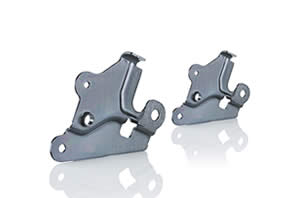
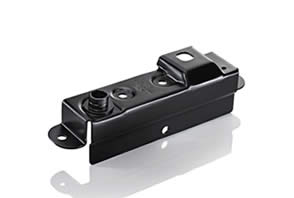

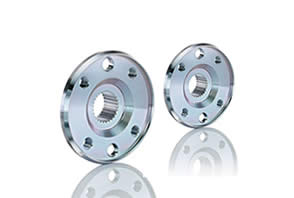
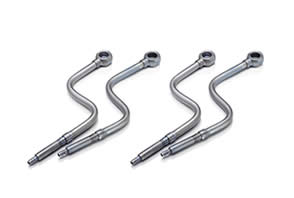
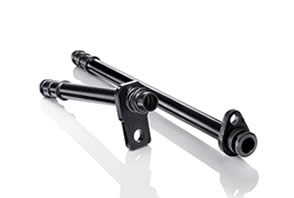
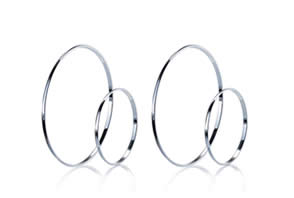
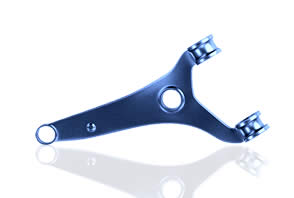
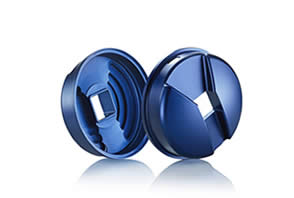
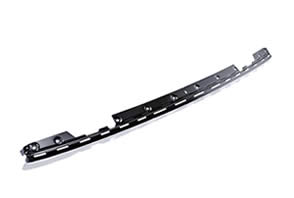
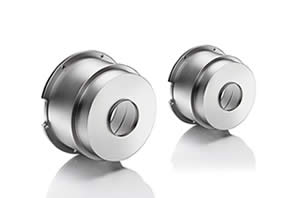
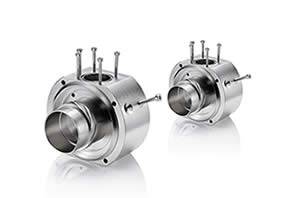
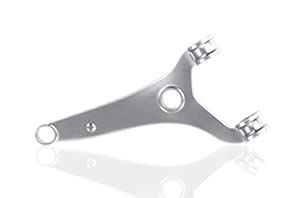

 Holzapfel Group
Holzapfel Group YouTube
YouTube